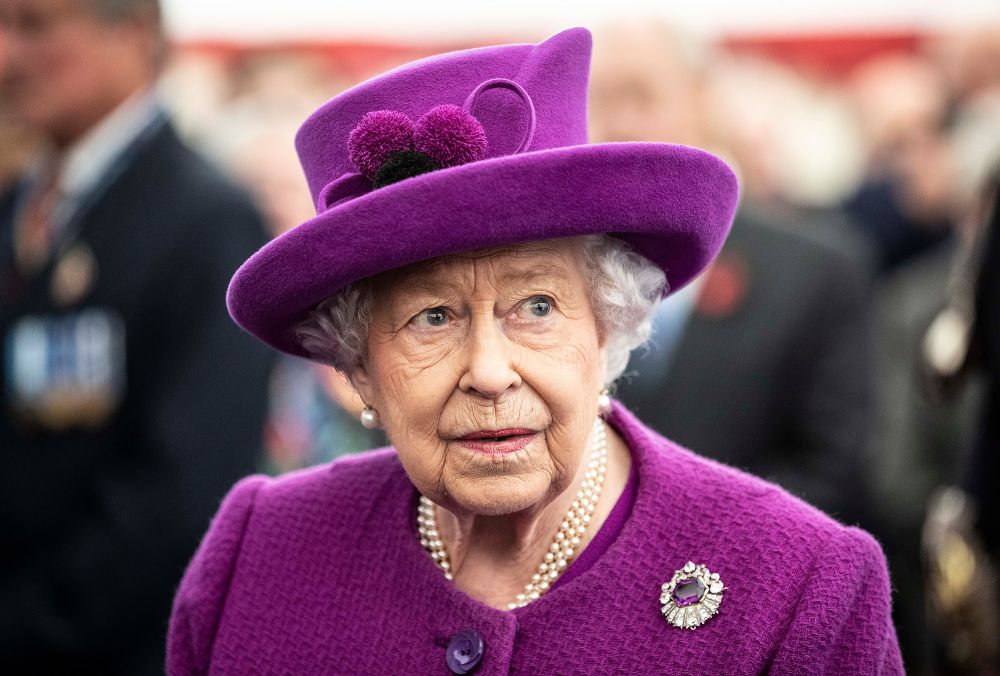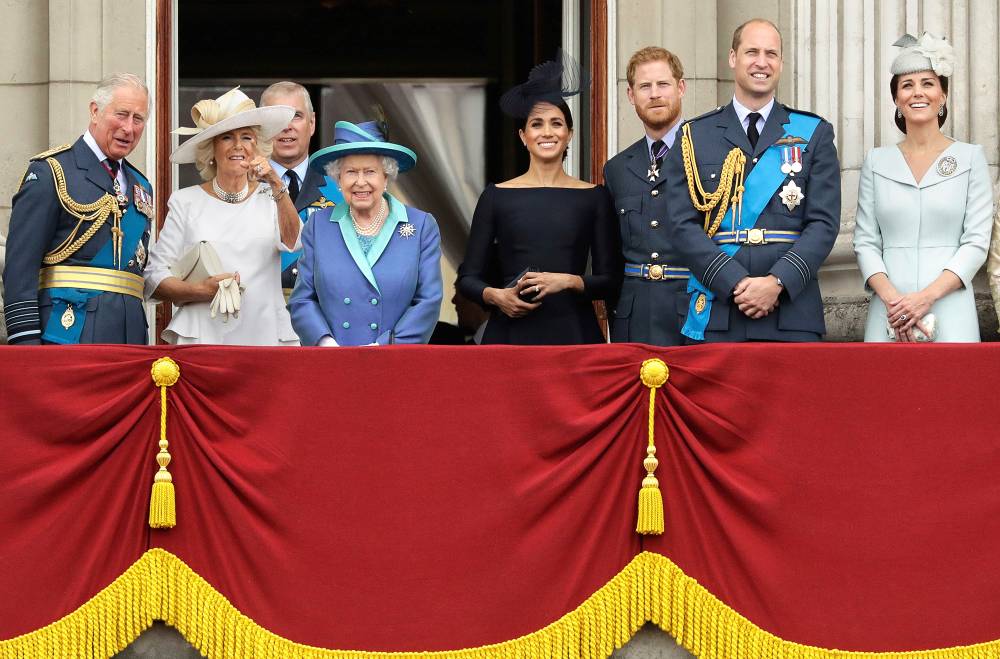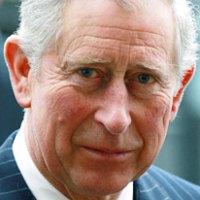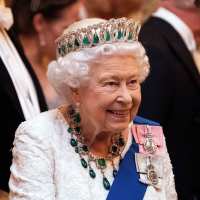Queen Elizabeth II, the reigning constitutional monarch of the U.K. and its Commonwealth realms, has died at the age of 96.
“The Queen died peacefully at Balmoral this afternoon,” the palace said in a statement on Thursday, September 8. “The King and The Queen Consort will remain at Balmoral this evening and will return to London tomorrow.”

Shortly before her death, Buckingham Palace announced that the queen was “under medical supervision” after opting out of multiple public engagements. “Following further evaluation this morning, The Queen’s doctors are concerned for Her Majesty’s health and have recommended she remain under medical supervision,” the September 8 statement read. “The Queen remains comfortable and at Balmoral.”
Several royal correspondents reported that Prince William, Prince Charles and Duchess Camilla were on their way to Balmoral, Scotland, to see the monarch. A spokesperson for Prince Harry confirmed that he was traveling there as well as Meghan Markle remained in London.
Earlier that month, Elizabeth chose to stay in Scotland to formally appoint Britain’s new prime minister, Liz Truss, instead of returning to London. At the time, the queen’s “mobility issues” prevented her from completing her travels back to Windsor Castle.
Three months prior, the queen celebrated her Platinum Jubilee, which marked her historic 70 years of service. Though she viewed the Trooping the Colour parade from the Buckingham Palace balcony with some of her loved ones in June, the monarch later chose not to attend the Service of Thanksgiving after experiencing “discomfort.” She previously missed a royal engagement — the opening day of British Parliament — due to mobility issues.
As the Platinum Jubilee festivities came to a close, Elizabeth made a surprise appearance after reluctantly skipping other events. She waved to onlookers from the palace balcony at the end of the Jubilee Pageant.
In February, Elizabeth tested positive for COVID-19 and had “mild cold-like symptoms,” per a statement from the palace, adding that the sovereign would “receive medical attention and follow guidelines.” She later canceled meetings that were scheduled to take place virtually.
Her Royal Highness was hospitalized overnight in October 2021 after she canceled a visit to Northern Ireland on medical recommendation. While she briefly returned to work, Buckingham Palace noted in a statement the following month that Elizabeth’s doctors advised her to take a two-week break. She was spotted driving around the Windsor Castle grounds in November 2021 before delivering a pre-recorded address for the United Nations Climate Change Conference (COP26) reception, which she was initially slated to attend in person.

Elizabeth Alexandra Mary was born to Prince Albert, Duke of York, and Lady Elizabeth Bowes-Lyon on April 21, 1926. Elizabeth had little chance of ascending to the throne until her uncle, Edward VIII, abdicated and her father, George VI, became king in December 1936.
Elizabeth married her third cousin, Prince Philip, in November 1947. The couple shared four children: Charles, Princess Anne, Prince Andrew, and Prince Edward. Her Majesty went on to have eight grandchildren — including Prince William, Prince Harry, Zara Tindall, Princess Beatrice, and Princess Eugenie — and 12 great-grandchildren, among them Prince George, Princess Charlotte, Prince Louis, Archie Harrison Mountbatten-Windsor and Lilibet “Lili” Diana Mountbatten-Windsor.
The late royal became the Queen of England at the age of 27 after her father’s death in February 1952. Her coronation took place in June 1953. Before her reign began, Elizabeth served in the Auxiliary Territorial Service of the British Army as a second subaltern in World War II. In 2015, Elizabeth surpassed Queen Victoria as the longest-reigning British monarch in history.
Elizabeth and Philip, the Duke of Edinburgh, celebrated their 70th wedding anniversary — theirs was the longest marriage in the British royal family’s history — in November 2017 with a new series of official portraits and a formal gathering with their family, including their children, William, Harry and Duchess Kate.
Philip died in April 2021 at the age of 99. His cause of death was reportedly determined to be “old age.”
Elizabeth spoke about her devotion to Philip on the occasion of her 95th birthday. “While as a family we are in a period of great sadness, it has been a comfort to us all to see and to hear the tributes paid to my husband, from those within the United Kingdom, the Commonwealth and around the world,” she said in a statement shortly after his death. “My family and I would like to thank you for all the support and kindness shown to us in recent days. We have been deeply touched, and continue to be reminded that Philip had such an extraordinary impact on countless people throughout his life.”
Among the queen’s chief loves were her corgis, which were by her side since childhood, and horseback riding.
The queen’s time on the throne was shown in the series The Crown, which premiered on Netflix in 2016. Throughout its run, Claire Foy, Olivia Colman and Imelda Staunton played her, with the first two actresses who took on the role earning Golden Globes for their performances. Helen Mirren famously won an Academy Award for portraying the monarch in the 2006 film The Queen.
The queen’s eldest son, Charles, 73, is next in line for the throne.



